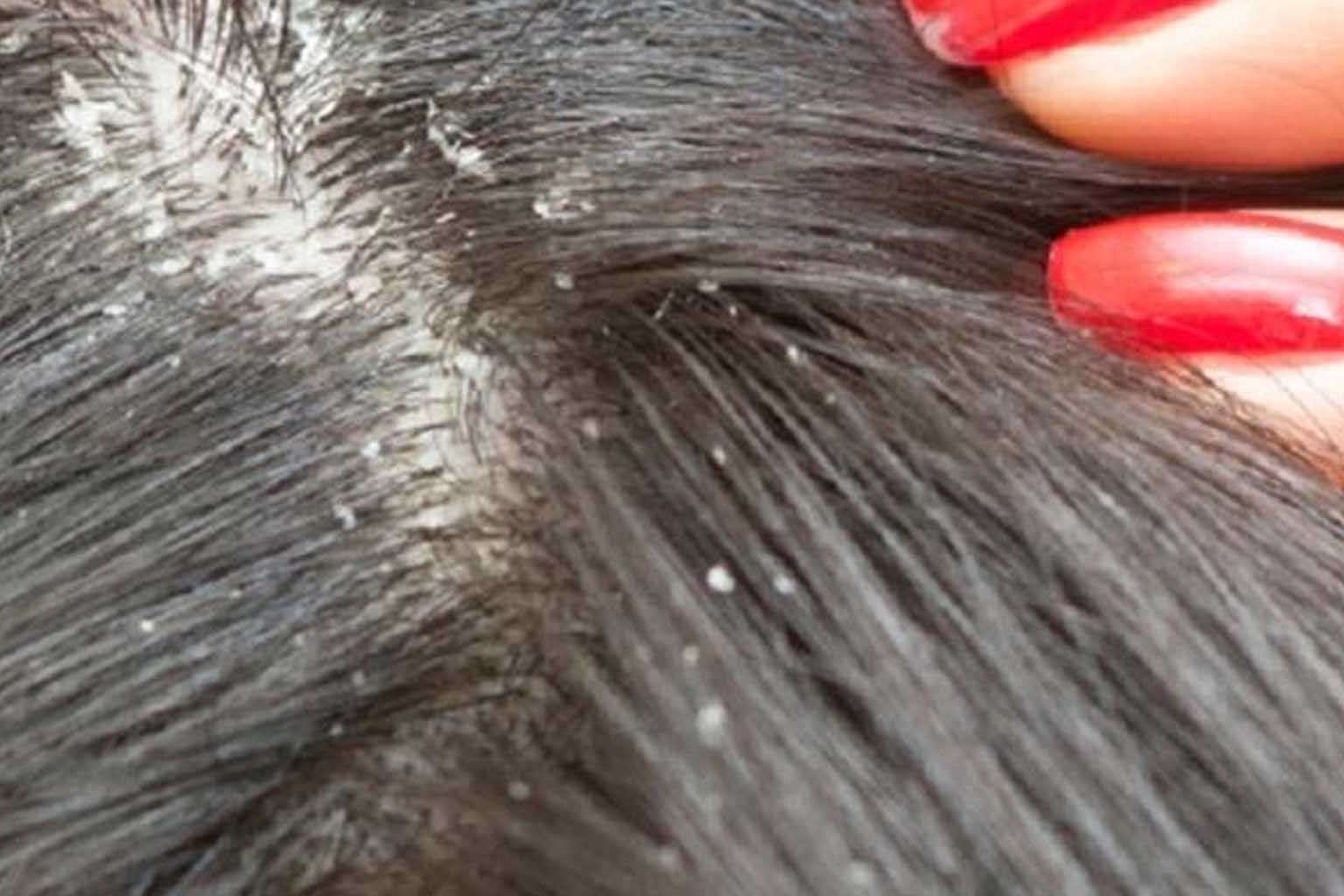Have you noticed your scalp being flaky and itchy of late? Get a check-up done, you may be suffering from Seborrheic Dermatitis. Predominantly affecting the scalp, Seborrheic Dermatitis is a skin disease that causes itchy rashes and the scalp becomes flaky. In some cases, the condition also results in red patches on light skin and light patches on dark skin. It is also popularly known as dandruff and may also appear in other areas of the body apart from the scalp. Other names for Seborrheic Dermatitis are cradle cap (called when it occurs in infants), seborrheic eczema and seborrhoea.
Causes of Seborrheic Dermatitis
Seborrheic Dermatitis or Dandruff is primarily caused by two factors- overproduction of oil and a fungus called Malassezia. Overproduction of oil irritates the scalp and makes it greasy and flaky. In the second factor, when the fungus Malassezia grows abnormally, it causes the skin to produce more oil thus causing irritation. Medical experts include a number of other causes that include:
- Excessive stress
- Genetic factors
- Cold and dry weather
- Reaction by the immune system
- Other medical conditions or medicines
Seborrheic Dermatitis occurs more in men than in women and is primarily seen in newborn children and in adults in the age group age 30-60. Newborn babies are affected by cradle cap where brown and yellow patches appear on their scalp. Adults may get seborrheic dermatitis patches on their nose, eyebrows, chest, under skin folds of arms and legs and in various other places.
Home Treatment of Seborrheic Dermatitis
Seborrheic Dermatitis can be prevented and treated at home. With simple steps and maintaining a proper and healthy skincare routine, Seborrheic Dermatitis can be controlled. Some of the home remedy steps include:
- Use hypo-allergic soaps and detergents for cleaning
- Regularly shave beard or moustache
- Rinse soap and shampoo from the skin and scalp thoroughly.
- Wear loose cotton clothes, avoid other fabrics to not have skin irritation
- Use over the counter anti-itch creams
- Apply fresh onion juice on scalp
- Apply Aloe Vera on the affected part
Also Read: Is It Dandruff or Dry Scalp?
Medical Treatment for Seborrheic Dermatitis
There are a number of treatment processes for curing Seborrheic Dermatitis, which include:
- Prescribed shampoo and creams with hydrocortisone, fluocinolone and desonide compositions. These creams should be applied for a certain period of time, as prolonged use can cause side effects.
- Metronidazole in cream or gel forms can be used to fight off bacteria and to relieve symptoms.
 Seborrheic Dermatitis
Seborrheic DermatitisWhen to Consult a Doctor?
If the Seborrheic Dermatitis becomes worse and symptoms don’t fade off with cream, soap and anti-dandruff shampoos, it is advisable to consult a doctor soon. A person should also consult a doctor when:
· Isn’t getting relief from using the dandruff shampoo
· Having red patchy areas on the skin
· Having painful patches on the skin
· Have patchy areas that are crusty or contain pus
· Is experiencing discomfort and conditions worsen
How to Cure Crib Cap in Newborns?
Crib cap usually doesn’t require medical treatment and symptoms fade off within a few months. It is advisable to apply olive oil to the newborn’s hair and scalp regularly before shampooing. The parents can take the following precautions to cure crib cap:
· Massage the baby with a soft-bristled brush and lose the scaly scalp
· Wash the newborn’s hair with a mild shampoo
· Rinse the hair and scalp thoroughly and leave no traces of shampoo.
· Brush the newborn’s hair with a soft brush.
It is advisable not to use any antifungal creams or ointments in newborns without consulting the doctor as they can be toxic for the baby. Seborrheic Dermatitis in adults has a cure and can be prevented with a proper diet and a healthy skincare routine. Keeping oneself clean and having a nutritional diet will surely prevent the condition and cure off any skin flaking on the body!
Also Read: Hacks To Get Rid Of Dry Scalp

